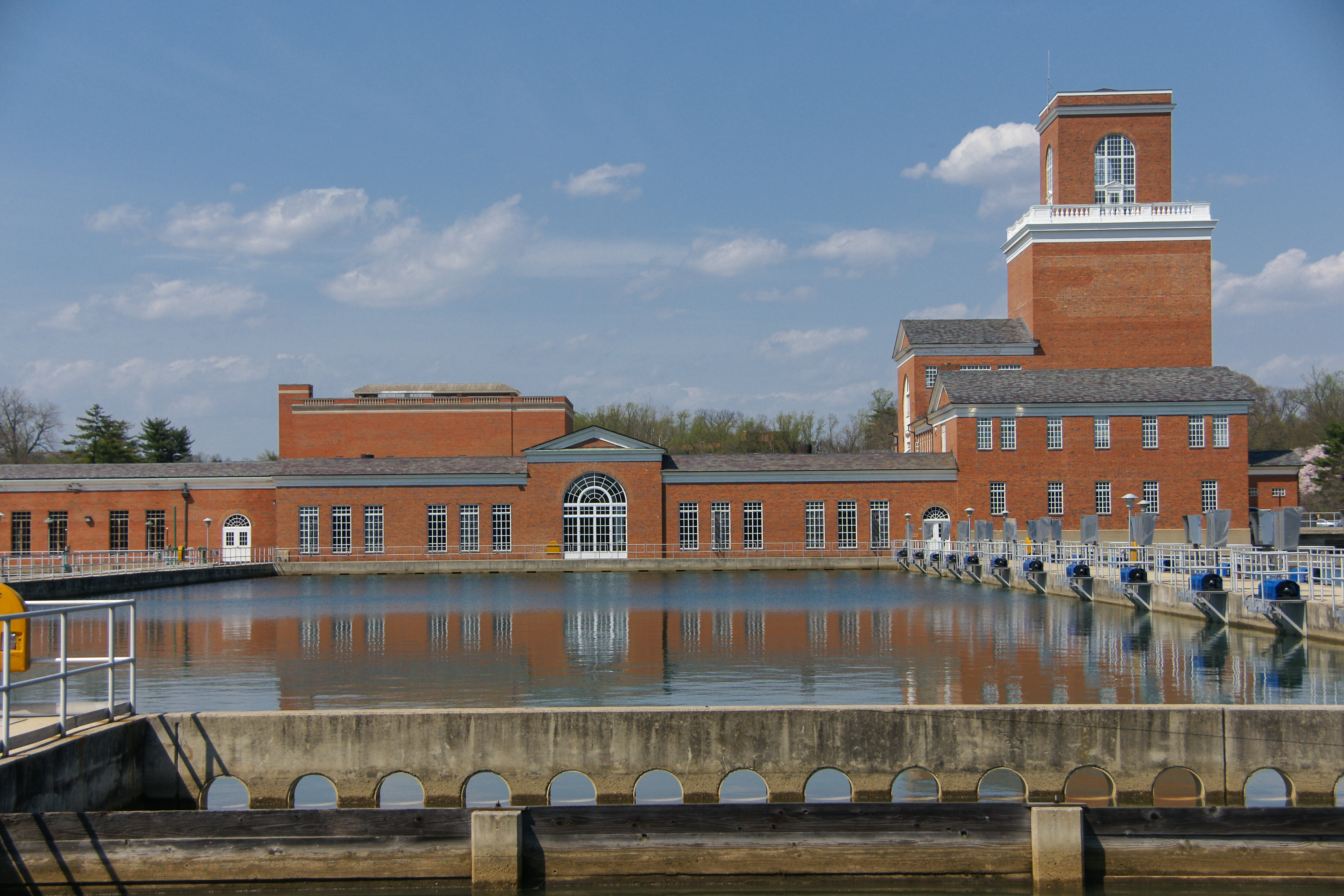
Washington Aqueduct Temporarily Switches Disinfectant to Improve Water Quality
Introduction
- Date: March 25 to May 6, 2024
- Location: Washington, D.C.
From March 25 to May 6, 2024, Washington Aqueduct will temporarily switch disinfectant in drinking water from chloramine to chlorine to aid in cleaning water distribution systems and improve water quality. Water will remain safe to drink and use throughout this purification process, although the public may notice a slight change in taste and smell.
Purpose of the Switch
- Goal: Clean water distribution systems and improve water quality
This process, which is used by water utilities nationwide, allows local water authorities to clean pipes, or “flush the system,” from biofilms, the predominant mode of microbial growth found in drinking water distribution systems that can lead to water quality problems and pipe corrosion if not controlled. Biofilm can become accustomed to the usual chloramine disinfectant. By using free chlorine as a preventative maintenance measure temporarily, Aqueduct staff reduces the occurrence of biofilm as well as nitrification.
Impact on Water Taste and Smell
- Change in taste and smell: Slight
- Possible effects: “Chlorine odor” and slight discoloration
- Health risk: None
- Duration of effects: Should lessen after a couple of weeks
Chlorine is a stronger disinfectant than chloramine and as a result, some water users may experience a slight change in taste or odor of their water during this period, including a noticeable “chlorine odor” and slight discoloration. This taste and odor do not pose a health risk and should lessen after a couple of weeks. Chlorine levels will continue to meet or exceed all EPA safety standards and requirements throughout the purification process.
Wholesale Customers
- DC Water
- Arlington County
- Fairfax Water
The Washington Aqueduct collects, purifies, and pumps an average of 150 million gallons of water per day at two treatment plants in the District of Columbia for its three wholesale customers – DC Water, Arlington County, and Fairfax Water. We encourage water users to visit their respective water provider’s website for additional information, including recommendations on how they can reduce the taste and smell of chlorine during this period.
For More Information
For more information on the Washington Aqueduct, go to http://www.nab.usace.army.mil/Missions/Washington-Aqueduct/

Additional Information
Baltimore District delivers vital engineering solutions in collaboration with its partners to serve and strengthen the Nation, energize the economy, and reduce disaster risks. Headquartered near Baltimore’s Inner Harbor, Baltimore District provides design, engineering, construction, environmental, and real estate expertise to various important projects and customers. This support spans five states, the District of Columbia, overseas, and the Susquehanna, Potomac, and Chesapeake Bay watersheds. These civil and military missions and diverse engineering services support communities and warfighters while addressing the ever-growing list of emerging national security requirements and ultimately protecting the Nation.
###
SDGs, Targets, and Indicators
| SDGs | Targets | Indicators |
|---|---|---|
| SDG 6: Clean Water and Sanitation | 6.1 By 2030, achieve universal and equitable access to safe and affordable drinking water for all | – Temporary switch from chloramine to chlorine disinfectant to improve water quality – Use of free chlorine as a preventative maintenance measure to reduce biofilm and nitrification |
| SDG 6: Clean Water and Sanitation | 6.3 By 2030, improve water quality by reducing pollution, eliminating dumping and minimizing release of hazardous chemicals and materials | – Cleaning water distribution systems to reduce biofilms and improve water quality |
1. Which SDGs are addressed or connected to the issues highlighted in the article?
The issues highlighted in the article are connected to SDG 6: Clean Water and Sanitation.
2. What specific targets under those SDGs can be identified based on the article’s content?
The specific targets under SDG 6 that can be identified based on the article’s content are:
- 6.1 By 2030, achieve universal and equitable access to safe and affordable drinking water for all
- 6.3 By 2030, improve water quality by reducing pollution, eliminating dumping and minimizing release of hazardous chemicals and materials
3. Are there any indicators mentioned or implied in the article that can be used to measure progress towards the identified targets?
Yes, there are indicators mentioned or implied in the article that can be used to measure progress towards the identified targets:
- Temporary switch from chloramine to chlorine disinfectant to improve water quality
- Use of free chlorine as a preventative maintenance measure to reduce biofilm and nitrification
- Cleaning water distribution systems to reduce biofilms and improve water quality
These indicators demonstrate efforts to achieve safe and affordable drinking water for all and improve water quality by reducing pollution and hazardous materials.
4. Table: SDGs, Targets, and Indicators
| SDGs | Targets | Indicators |
|---|---|---|
| SDG 6: Clean Water and Sanitation | 6.1 By 2030, achieve universal and equitable access to safe and affordable drinking water for all | – Temporary switch from chloramine to chlorine disinfectant to improve water quality – Use of free chlorine as a preventative maintenance measure to reduce biofilm and nitrification |
| SDG 6: Clean Water and Sanitation | 6.3 By 2030, improve water quality by reducing pollution, eliminating dumping and minimizing release of hazardous chemicals and materials | – Cleaning water distribution systems to reduce biofilms and improve water quality |
Behold! This splendid article springs forth from the wellspring of knowledge, shaped by a wondrous proprietary AI technology that delved into a vast ocean of data, illuminating the path towards the Sustainable Development Goals. Remember that all rights are reserved by SDG Investors LLC, empowering us to champion progress together.
Source: nab.usace.army.mil

Join us, as fellow seekers of change, on a transformative journey at https://sdgtalks.ai/welcome, where you can become a member and actively contribute to shaping a brighter future.






